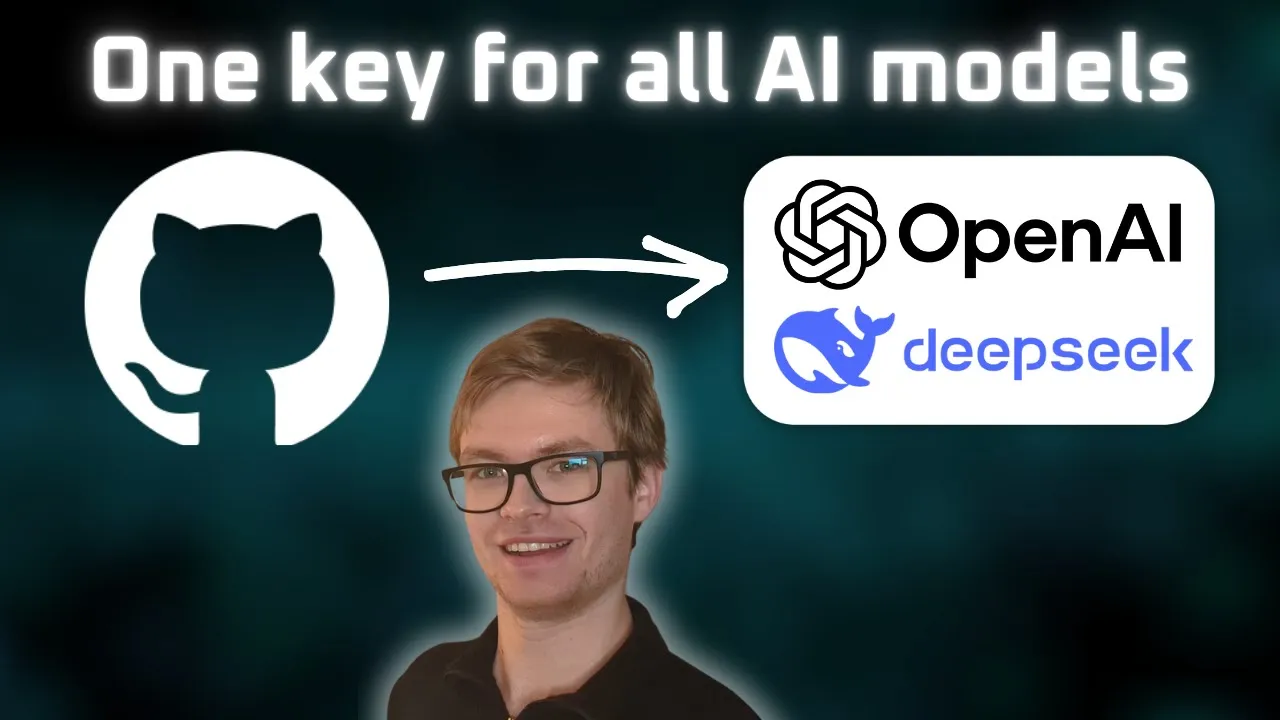
AI Implementation Journey
Implementing AI capabilities into applications has traditionally presented significant barriers - from prohibitive upfront costs to technical complexity. However, modern AI platforms are transforming this landscape by offering development-to-production pathways that enable experimentation without initial investment. This evolution democratizes AI development and creates a more accessible implementation journey.
The Three-Phase AI Implementation Journey
Successful AI implementation typically follows a three-phase journey:
1. Exploration Phase
During this initial phase, developers focus on validating concepts and testing capabilities:
- Experimentation with multiple AI models to understand their strengths and limitations
- Prototype development to validate core functionality and user value
- Concept validation without financial commitment
- Evaluation of different approaches to solving the target problem
GitHub Models exemplifies this modern approach by providing access to state-of-the-art language models like GPT-4.0 and DeepSeek R1 at zero cost during development.
2. Development Phase
Once core concepts are validated, development focuses on building a functional application:
- Refinement of model selection based on specific application requirements
- Integration of AI capabilities into broader application architecture
- Development of user interfaces and interaction patterns
- Performance optimization within development-tier constraints
During this phase, developers can still leverage free access while creating increasingly sophisticated implementations.
3. Production Transition
As applications mature and prepare for broader deployment:
- Migration from development environments to production-grade infrastructure
- Scale planning to accommodate projected usage volumes
- Implementation of monitoring and performance tracking
- Transition from free tiers to paid services with appropriate rate limits
Rate Limit Considerations and Planning for Scale
Understanding rate limits is crucial for planning your implementation journey:
- Development tier limitations: Free environments typically impose strict request limits (the transcript mentions up to 50 requests per day for high rate limit tier models)
- Testing threshold planning: Determine the point at which your application will exceed free tier limits
- Graduated scaling strategy: Plan for incremental increases in capacity as user adoption grows
- Economic modeling: Develop cost projections based on expected usage patterns
These considerations help create a clear decision framework for when to transition from free development resources to paid production services.
Strategic Testing Approaches
Before committing to production infrastructure, maximize the value of development environments:
- Qualitative testing: Focus on response quality and appropriateness rather than volume testing
- Representative scenario testing: Develop test cases that reflect expected real-world usage
- Edge case identification: Explore boundary conditions and unusual inputs
- User simulation: Create realistic usage patterns to understand performance under actual conditions
These approaches help validate application value while staying within development tier limitations.
Indicators for Production Transition
Several signals indicate when an application is ready to transition from development to production:
- User validation: Clear evidence that the application delivers meaningful value
- Approach to rate limits: Development tier limitations beginning to constrain testing
- Performance requirements: Need for response times or throughput beyond development tier capabilities
- Scaling demand: Interest from users exceeding what free tiers can support
These indicators help time the transition appropriately, avoiding premature investment while preventing development constraints from limiting growth.
Creating a Seamless Transition Experience
To ensure continuity during the development-to-production transition:
- Architecture planning: Design with eventual production requirements in mind
- Configuration abstraction: Create systems that can easily switch between development and production environments
- Performance benchmarking: Establish baseline metrics to verify production implementation matches development functionality
- Phased migration: Consider moving components to production incrementally rather than all at once
This approach minimizes disruption and ensures consistent application behavior across environments.
The Economics of AI Implementation
The modern AI implementation journey transforms the economics of development:
- Deferred investment: Financial commitment only after concept validation
- Graduated scaling: Costs that grow in proportion to actual usage
- Value-based decision making: Production transitions driven by demonstrated application value
- Risk reduction: Limited sunk costs if concepts don’t perform as expected
This model dramatically reduces the financial risk associated with AI development and encourages more creative experimentation.
Conclusion
The AI implementation journey has evolved from requiring significant upfront investment to offering a graduated pathway that aligns costs with application maturity. By understanding this journey and planning effectively for transitions between development and production environments, developers can create sophisticated AI applications with minimal initial investment and clear scaling pathways. This approach democratizes AI development and enables broader innovation across the industry.
To see exactly how to implement these concepts in practice, watch the full video tutorial on YouTube. I walk through each step in detail and show you the technical aspects not covered in this post. If you’re interested in learning more about AI engineering, join the AI Engineering community where we share insights, resources, and support for your learning journey.
